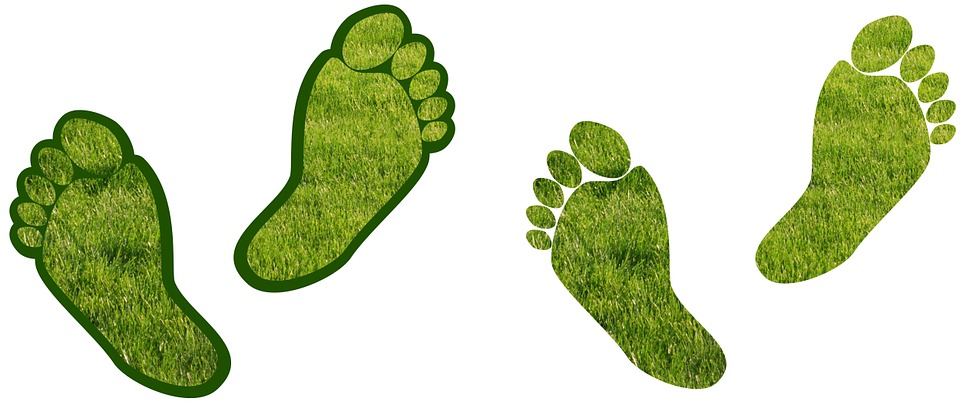As a mom or dad, you often stop and think about the state of the world, because your little one deserves to grow up on a clean planet, right? That’s why it’s essential to reduce your little one’s carbon footprint as much as possible, for example, by not buying too many things. Marketing experts have led people to believe that children need lots of stuff. But, in fact, this is not necessary. A little love and a functional bust can go a long way. Here are some ways you can help reduce your child’s carbon footprint!
1) Be Careful Not to Overbuy
To quickly show that we are serious and not just talking the talk, don’t overbuy in advance. If you need something (e.g., clothes): consider whether you can borrow it or buy it used. If you still want to buy something new, you can definitely find a list of eco-friendly and sustainable items locally or online. After use, put everything in a recycle store or fair, or give it away to someone around you who could use it.
2) Breastfeeding
Of course, we know this is easier said than done, and not everyone can do it. However, breastfeeding is the most climate-independent way to feed your baby; it takes about 10 liters of milk to produce 1 kilogram of formula. This means a lot of CO2 emissions. There are basically no requirements for breastfeeding, but of course, there are many useful aids that make breastfeeding easier.
3) Eco-friendly Diapers
As you will soon realize, if you have just had a baby, disposable diapers create a lot of waste (about 1000 kg per child!). And even though they require more washing, washable diapers are more environmentally friendly. It may seem like a hassle, but it is not that much of a hassle. Moreover, they are adorable. For example, even if you only use the type of diapers that you wash at home, they can still help a little. Not your thing? Then choose eco-friendly diapers.
4) Ecological Products for the Home
With children, hygiene becomes even more critical. Without exaggeration, children should not grow up in sterile conditions. This is to the detriment of their natural resistance. However, as babies begin to crawl and put things in their mouths, cleanliness must still be maintained. Using safe and environmentally friendly products is at least as important as hygiene. Contribute to your baby’s health and ecology by choosing environmentally friendly products to help you keep your home hygienic.
5) Open Toys
So-called “open” toys have no set pattern of play. Therefore, the “purpose” of the toy is not immediately obvious, but the children usually know immediately what to do with it. The sustainable aspect of this type of toy is that the child does not get bored quickly. This is because children are always thinking of different things to play with. That’s why they last longer. Also, choose good quality toys that are not easily broken. Wooden toys such as Grimm, Stapelstein, Wobbel, and Bilibo are good examples.
6) Ecological Baby Care
You are often burdened with many non-ecological baby care items if you give birth in a hospital. To avoid this, bring environmentally friendly items, such as washable diapers, eco-friendly wipes and or a jar of coconut oil. Simple, pure, multi-functional. Coconut oil can be used as a butt cream, bath, or massage.
Everyone is doing what they can. It is a feasible idea and worth trying. Plus, what’s good for nature is also good for your baby’s health and usually (in the long run) good for your wallet. In any case, whether you try all the tips or apply one, every little bit helps.
What are you doing to reduce your child’s carbon footprint?
